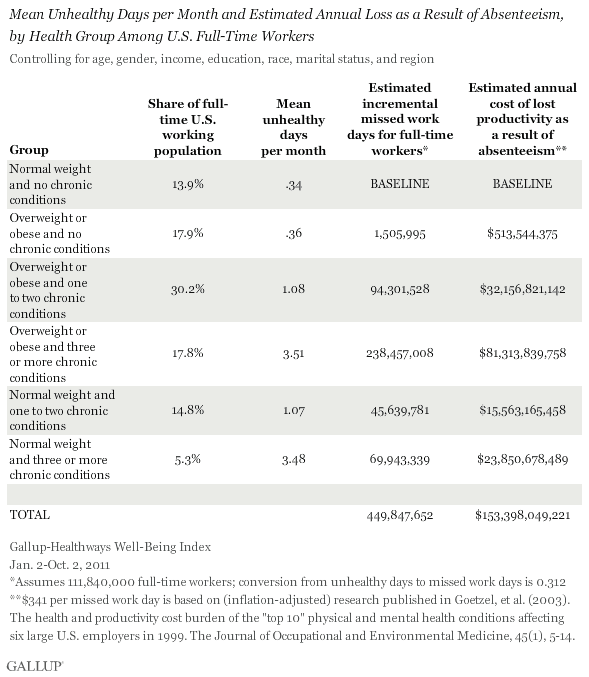Study: Cell Phones Don’t Increase Brain Cancer Risk
Posted on
The 5 billion people worldwide who chat away on cell phones shouldn’t worry about an increased risk of brain cancer, new Danish research contends.
One of the largest and longest studies on the subject finds no more brain tumors among people who had cell phones over 17 years than among people who had no cell phones.
Although no one study can rule out harm with absolute certainty, “the risk, if there is one, is extremely low,” said Dr. Ezriel E. Kornel, director of the Neuroscience Institute at Northern Westchester Hospital in Mount Kisco, N.Y.
Previous studies haven’t definitively answered the question of whether cell phone use is harmful: While several studies have found no cause for alarm, a handful did show an upped risk of malignant brain tumors.
Based on the totality of existing evidence, the World Health Organization in May classified cell phones as “possibly carcinogenic to humans,” and placed them in the same category as the pesticide DDT and gasoline engine exhaust.
Experts have been concerned that radio frequency electromagnetic fields sent out by a cell phone held close to the ear could trigger a malignancy.
This new study, led by researchers from the Institute of Cancer Epidemiology in Copenhagen, was a follow-up to an earlier trial that also had found no increased risk in cell phone users. Their latest report is published in the Oct. 20 issue of BMJ.
There are limitations to the study and I am positive the issue will be studied again and again. Will this study satisfy everyone – probably not.
But, good enough for me….at least now.





